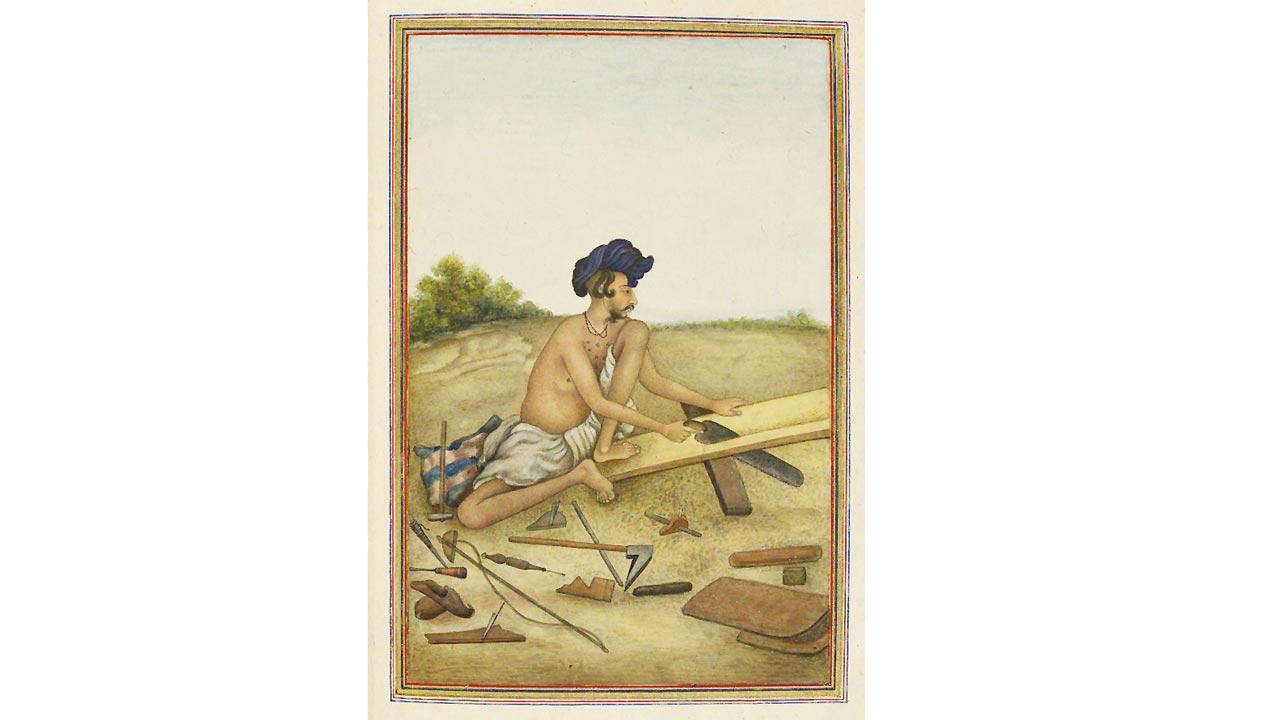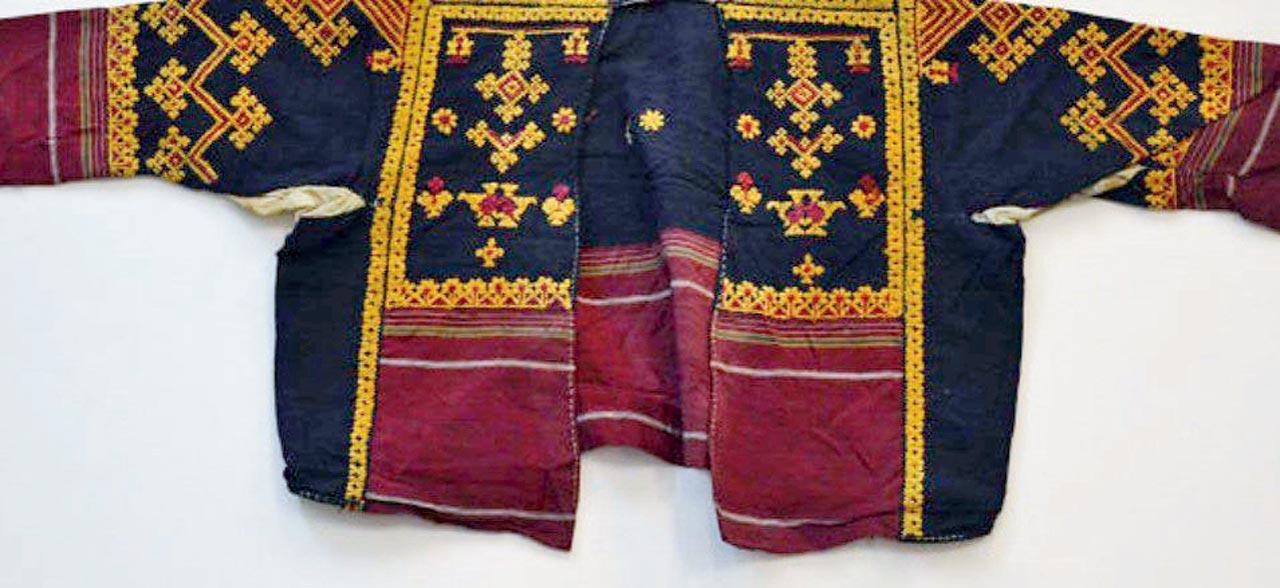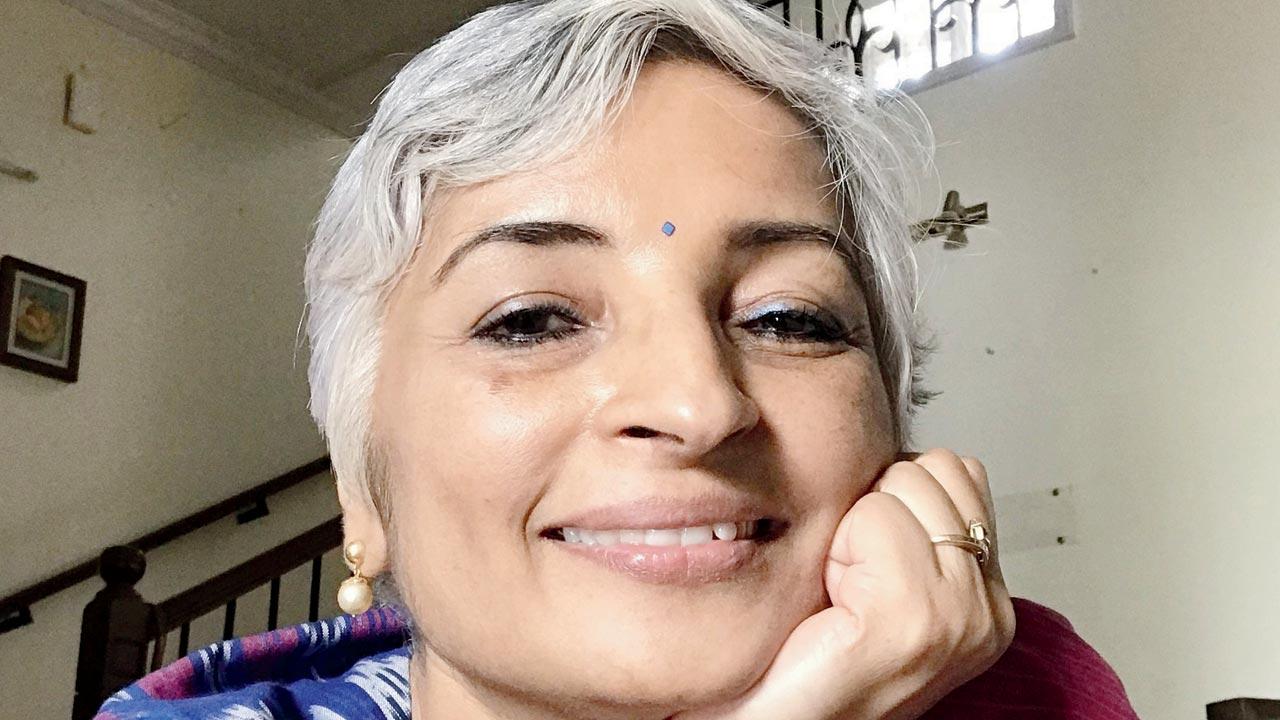This exciting new course dives into an evolving history of crafts in India, as we come closer to thinking about sustainability in today’s world

Tarkhan, carpenter caste of the Panjab (1825). Pic Courtesy/British Library
Dr Annapurna Garimella, art historian and designer, warns the participants before she begins her introductory lecture, “This is a history of crafts; this is not the history of crafts… It’s not so much a linear history but [moments] that come together to make a historical narrative.” The course she is talking about is MAP Academy’s new self-paced online course, A History of Indian Craft: 1850s to the Present, designed by her.
 Kasuti embroidery on a blouse. Picture Courtesy/Wikimedia Commons
Kasuti embroidery on a blouse. Picture Courtesy/Wikimedia Commons
ADVERTISEMENT
Through the course, Dr Garimella aims to explore, along with guest lecturers, the definitions of craft over the years and its place in the contemporary history of India. It is crucial for her that one begins to think critically and responsibly when thinking of craft, and that its history be analysed in the context of the many contributors who have shaped it. She lists them all down for the participants: the makers or historians of the craft, the connoisseurs or the consumers, the artists and designers who interact with the craftsman and change the course of the craft, and the pedagogues and teachers who try to trace histories. Each lecture, therefore, inquires into the evolution and shifts in the making and consumption of craft since the colonial period, through these key players including 19th century glass manufacturers who collaborated with architects to clad iron frames with glass for light; weavers who worked with carpenters to make charpoys; Mahatma Gandhi’s negotiations and decision to promote the spinning wheel as a direct economic response against industrialization and the establishment of design schools after Independence to foster a generation of trained designers.
 Dr Annapurna Garimella
Dr Annapurna Garimella
The lecture titled Drawing, Collecting, and Colonial Modernity in India engrossed this writer most. We learn how carpenters adapted to changing fashions in furniture during the colonial era, and what tools made symmetric organisation of elements within objects possible for patterns to emerge. For instance, Dr Garimella shows a photograph of a brass sieve she found, which had been created to allow the same size of beads to pass through. She also shares how sometimes the surface on which craftsmen were working provided geometry for them to include, for instance, a Kasuti pattern on a woman’s blouse.
Dr Nadine Zubair joins in to speak about the Lahore School of Art, where drawing came to be taught to carpenters and architects as taste became important. The three upcoming lectures will focus heavily on the shifting dynamics between the craftsman, the designer, and the market. They will also explore new frameworks that can benefit artists in matters of ownership of their craft today.
On March 13, 15 and 20; 6 pm
Log on to courses.mapacademy.io/craft-course (to register)
Free
 Subscribe today by clicking the link and stay updated with the latest news!" Click here!
Subscribe today by clicking the link and stay updated with the latest news!" Click here!








